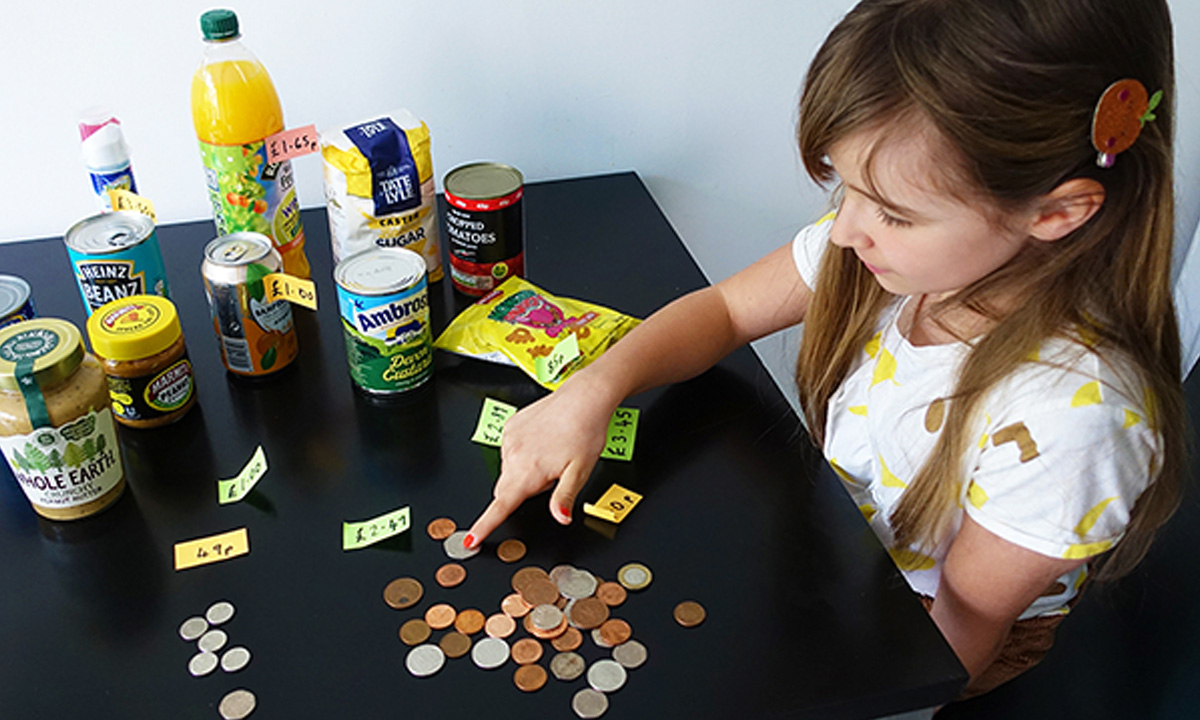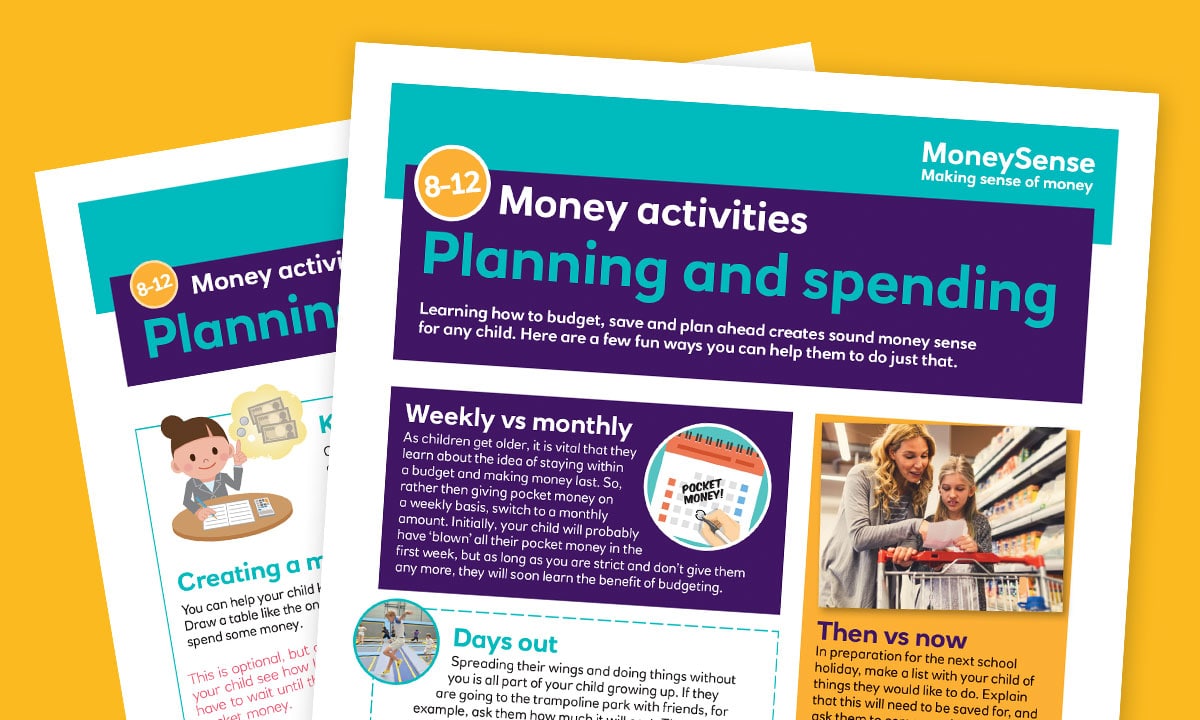Money doesn’t grow on trees – but it can grow
From savings accounts and ISAs to investing, there are lots of ways to make your money work for you. But how can you teach these concepts to children? Money writer Sophie Marie Atkinson investigates.

At some point, most parents will have to have a conversation with their children where they explain that money doesn’t just magically appear in their bank accounts, and that there isn’t a never-ending supply of it.
On the flip side, kids aren’t born with the knowledge that there are things you can do to grow your finances. In fact, teaching them about the various ways that you can make your money work – for example, using ISAs or even investing – is arguably as vital as educating them on the importance of saving or the damage that too much debt can do. So how can you explain these ideas to children?
Savings accounts
Let’s start with the basics – straightforward savings accounts and the interest rates that they come with.
Although interest rates have existed since the days of the Roman Empire, the concept isn’t an easy one for kids to wrap their heads around. Why not start by talking about the fact that interest is like a reward, and that banks offer it to us to try to get us to let them look after our money. The longer we let them look after it, the greater the reward.
How do you illustrate this? Well, one of the best ways is to open an account for your child and help them to manage it. You could even sit down and choose one together, based on the perks that different banks or accounts offer. After all, letting them have some control over finances is a lesson in itself.
However, because interest rates are currently very low, this route could potentially lack impact. One alternative to consider is offering them a higher interest rate at your own ‘bank’ at home. Tell your child that you’re going to give them some pocket money, but that 50% will be to spend and 50% will be to save. Then add, say, 5% interest to that. So, if you give them £4 a week, keep £2 and increase this by 10p a week. Keep this money in a dedicated jar and physically put the extra money in so they can watch it grow (this works just as well with digital banking if you’d prefer). And the longer they can leave it there, the more they’ll have when they take it out.
Investing
Investing your money is often one of the best ways to ensure that it grows. But it can also feel intimidating, risky and inaccessible to many. So how – and what – should you teach children about doing so?
Why not start with a good old-fashioned game of Monopoly? Once they know and love the game, explain that some of these practices – from spreading your assets out across the board to keeping an eye on cash flow – are what investors would use in real life.
As your children become more familiar with these games, think about having a conversation with them about the stock market. Explain that, in order to create some of their toys, a company would need money to buy the materials and pay its employees to design and build them. One way it could do this is by selling stocks. And when someone buys stock, it means they own a little bit of the company.
Consider an imaginary investment competition as a family. Select a handful of companies that every family member is familiar with, such as Disney, Nike and Apple. Each person gets to pick one of these companies to ‘invest’ an imaginary £100 in. Every week, check the stock prices together and keep a record of how much everyone has earned or lost. You could even talk about why the stocks are moving. Set an endpoint and offer a small reward for whoever has the most ‘money’ at the end.
ISAs
Talking to your children about ISAs is a great way to introduce a few different concepts, including tax and annual allowances.
First, let’s go back to basics. What exactly is an ISA? ISA stands for Individual Savings Account. Junior ISAs replaced the Child Trust Fund and will probably be the most relevant to your kids.
There are many benefits of Junior ISAs – including the fact that gains are tax free and that they can’t be accessed by your child until they’re 18 (although the child assumes control of their savings or investments when they’re 16). Junior ISAs tend to be held for many years, so opting for a stocks and shares ISA is your best bet, because these almost always outperform cash over the long term, especially when interest rates are as low as they are at the moment. And, unlike investing in the stock market, ISAs are managed for you, taking the pressure off.
Some Junior ISAs can be started with as little as £50, so you may want to consider opening one with your child – perhaps with a specific goal in mind, such as their first car. If they receive even small amounts of cash for Christmas or birthdays, offer them the chance to put some of it in their ISA to work towards their eventual aim. Many Junior ISAs can now be managed and monitored online, so together you can track the growth of the account against their goals.
And because, unlike many savings accounts, the money in Junior ISAs can’t be accessed immediately, they also teach your children about long-term planning, delayed gratification and that waiting is rewarded – all very valid lessons when it comes to saving and growing money.
Image credits: Adobe Stock
Find out about all the latest MoneySense articles for parents by following us on Facebook
Related activities
Want your child to find out more for themselves? Here are some activities to share with them.

 Activities:
Activities: 

 Articles:
Articles: 



